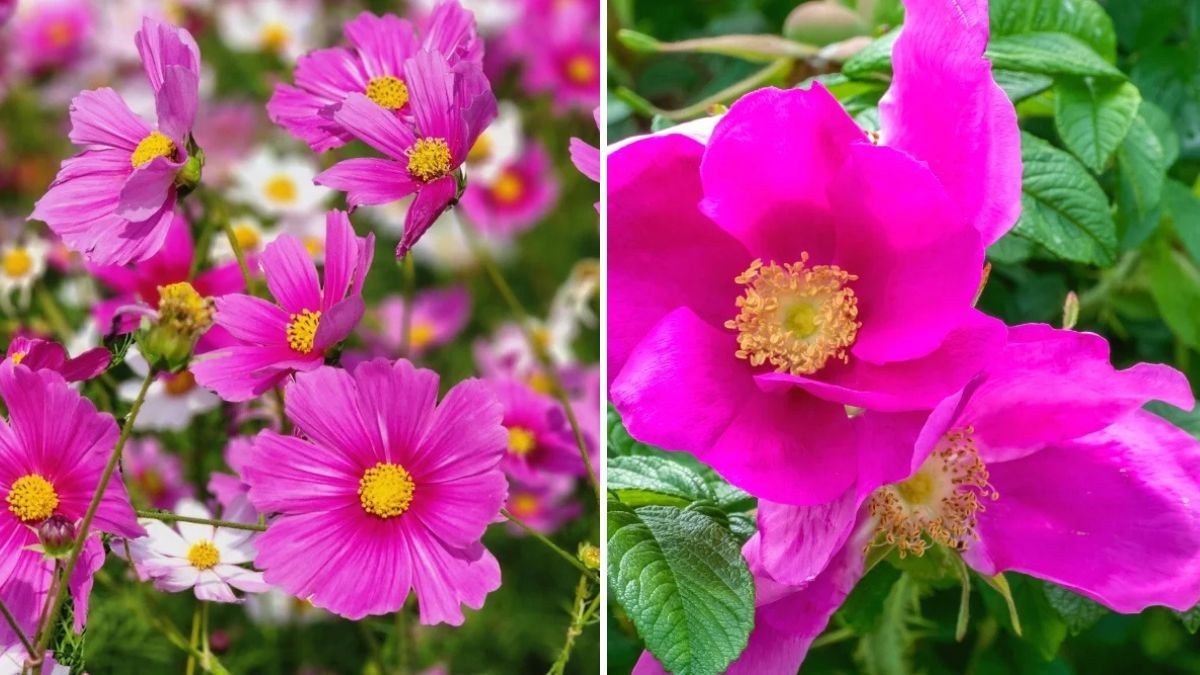Gardening in sandy soil presents unique challenges. Sandy soils drain quickly, lack nutrients, and can be prone to erosion, making it difficult for many plants to thrive. Despite these limitations, several flowering plants have adapted to grow and bloom beautifully even in sandy conditions, offering gardeners opportunities to create colorful, resilient landscapes. Choosing the right flowers ensures a vibrant garden with minimal soil amendments, making it perfect for coastal areas, deserts, or poor soil locations.
This article explores seven flowers that flourish in sandy soil, detailing their care, ideal conditions, and benefits for long-lasting blooms.
1. Marigolds (Tagetes spp.)
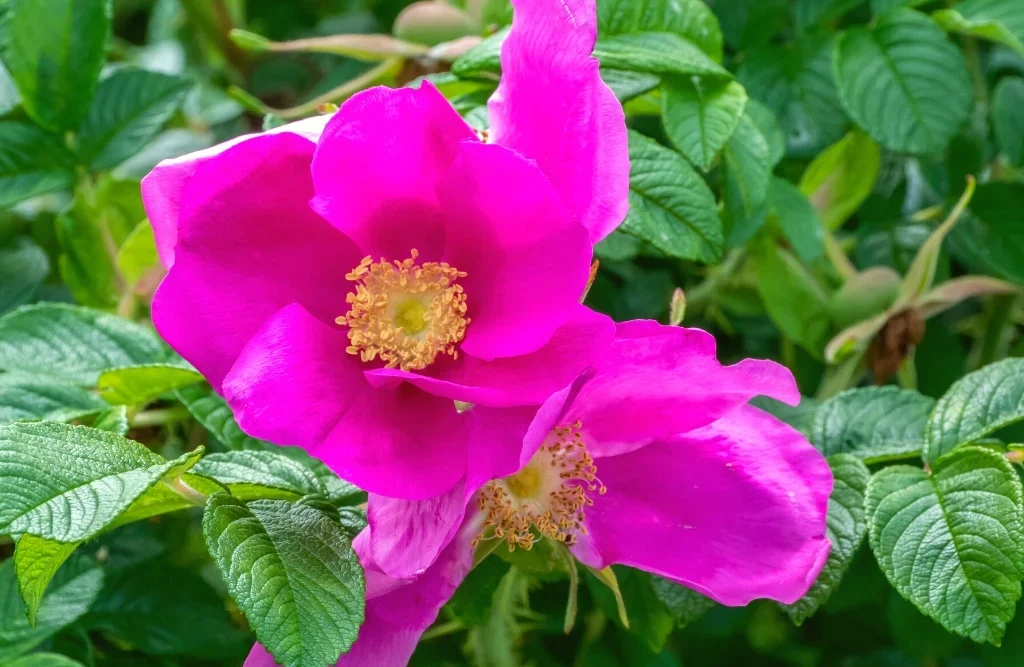
Marigolds are bright, hardy flowers known for vibrant yellow, orange, and red blooms:
- Adaptation to Sandy Soil: Marigolds tolerate low-nutrient, well-drained soils and can withstand drought conditions.
- Planting Tips: Plant in full sun; spacing of 8–12 inches ensures airflow.
- Watering Needs: Water moderately, allowing the soil to dry between sessions.
- Benefits: Their strong scent deters pests like nematodes and aphids, promoting healthy flower beds.
Marigolds provide cheerful color and natural pest control in sandy gardens.
2. Portulaca (Portulaca grandiflora)
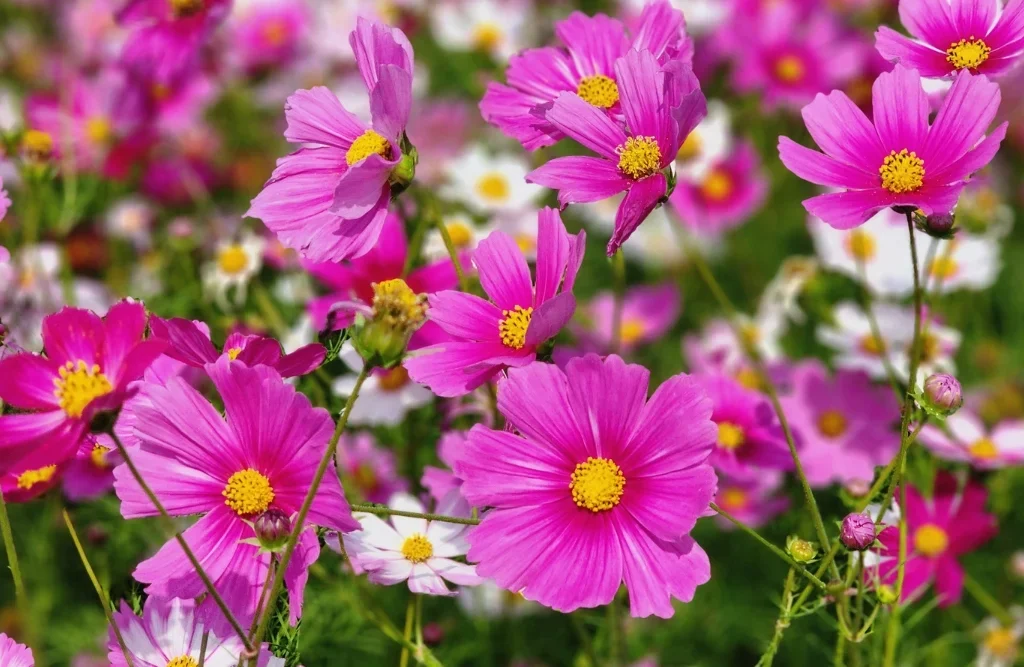
Portulaca, also known as moss rose, is a low-growing succulent flower that thrives in challenging conditions:
- Drought Tolerance: Requires minimal water and thrives in hot, sandy soils.
- Sunlight: Full sun promotes maximum flowering.
- Bloom Duration: Produces vibrant blooms throughout summer, closing at night or on cloudy days.
- Soil Requirements: Prefers well-drained sandy or rocky soils; poor fertility does not hinder growth.
Portulaca adds continuous color and texture to sandy gardens with minimal care.
3. Blanket Flower (Gaillardia spp.)
Blanket flowers are hardy perennials known for red, orange, and yellow daisy-like blooms:
- Adaptation to Sandy Soil: Tolerates dry, nutrient-poor soils and requires excellent drainage.
- Planting Tips: Plant in full sun; avoid overwatering to prevent root rot.
- Maintenance: Deadhead spent flowers to encourage continuous blooming.
- Benefits: Attracts pollinators such as butterflies and bees, enhancing garden biodiversity.
Blanket flowers are low-maintenance, drought-tolerant, and long-blooming.
4. Lavender (Lavandula spp.)
Lavender is a fragrant herbaceous plant with purple flower spikes that thrive in sandy, well-drained soils:
- Soil Preference: Requires sandy or gravelly soil for proper root development.
- Sunlight: Full sun exposure is essential for optimal flowering.
- Watering Needs: Minimal; overwatering can cause root rot.
- Uses: Beyond ornamental purposes, lavender can be used for essential oils, dried bouquets, and natural pest control.
Lavender is both decorative and functional, enhancing garden appeal while tolerating sandy conditions.
5. Coreopsis (Coreopsis spp.)
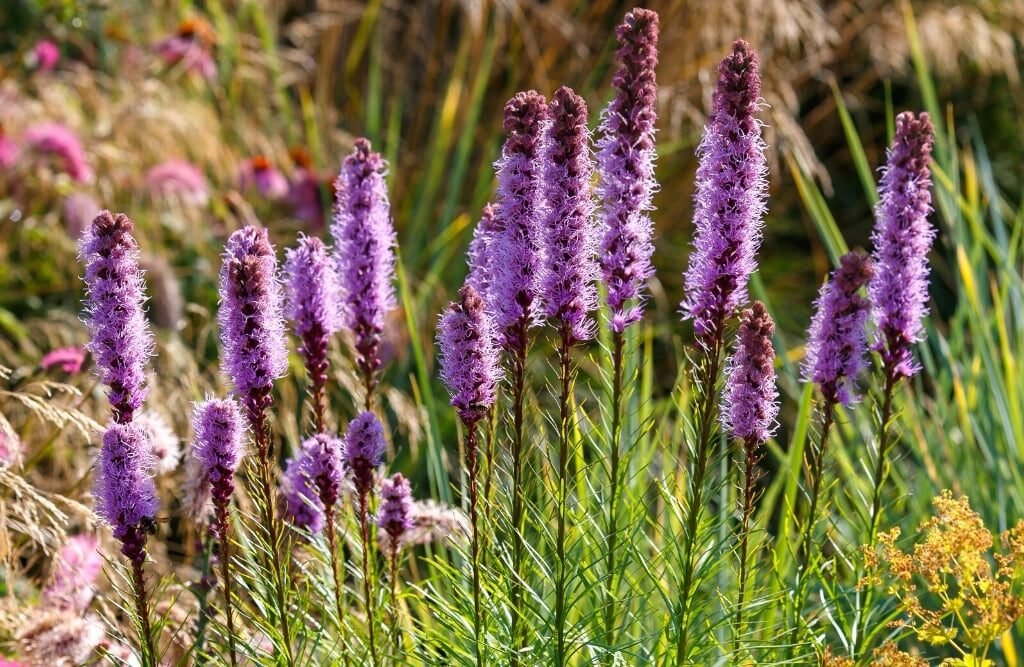
Coreopsis, or tickseed, produces bright yellow, orange, or red blooms that flourish in sandy soils:
- Drought and Heat Tolerance: Ideal for hot, dry environments with sandy soil.
- Planting Tips: Full sun exposure promotes vibrant flower colors.
- Maintenance: Low-maintenance; deadheading extends flowering period.
- Soil Fertility: Performs well in nutrient-poor soils, making it perfect for sandy conditions.
Coreopsis is an easy-to-grow, resilient flower that provides long-lasting seasonal blooms.
6. Sea Holly (Eryngium spp.)
Sea holly is a unique ornamental plant with spiky blue or purple flowers that thrive in coastal or sandy soils:
- Adaptation to Sandy Soil: Excellent drainage requirement makes it ideal for sandy gardens.
- Sunlight: Full sun is necessary for best flower development.
- Watering Needs: Low; once established, it tolerates drought well.
- Benefits: Attracts pollinators and adds structural interest to flower beds.
Sea holly is a drought-tolerant, low-maintenance flower suited for sandy and coastal landscapes.
7. Yarrow (Achillea millefolium)
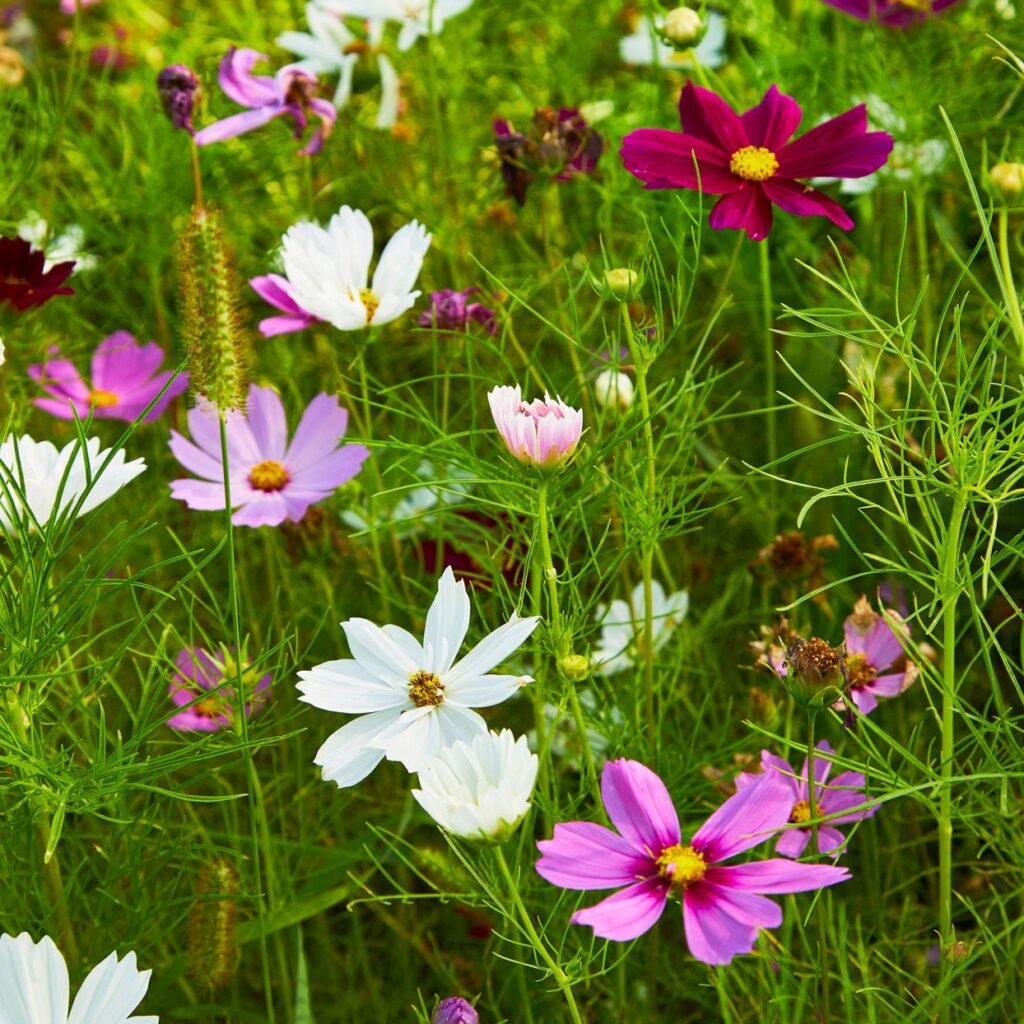
Yarrow produces clusters of flowers in shades of yellow, white, pink, and red and is exceptionally hardy:
- Soil Adaptation: Thrives in sandy, well-draining soils and requires minimal fertility.
- Sunlight Requirements: Full sun ensures healthy foliage and blooms.
- Maintenance: Drought-tolerant and deer-resistant; deadhead to encourage more blooms.
- Benefits: Attracts beneficial insects and supports pollinators.
Yarrow adds texture, color, and ecological benefits to sandy gardens.
Care Tips for Flowers in Sandy Soil
Even though these flowers are adapted to sandy conditions, proper care ensures long-lasting blooms:
- Soil Amendments: Incorporate organic matter such as compost or peat moss to improve moisture retention without compromising drainage.
- Mulching: Apply a thin layer of mulch to reduce evaporation, moderate temperature, and retain moisture.
- Fertilization: Use slow-release fertilizers or liquid feeds tailored for flowering plants. Sandy soil loses nutrients quickly due to drainage.
- Watering: Establish a consistent but moderate watering routine; avoid overwatering to prevent root rot.
- Pest Management: Monitor for common pests such as aphids or spider mites and use organic treatments when necessary.
- Sunlight Management: Most sandy-soil flowers require full sun; ensure adequate exposure.
- Spacing: Allow proper plant spacing to encourage airflow and reduce disease risk.
Implementing these care strategies enhances flowering quality and garden resilience.
Benefits of Gardening in Sandy Soil
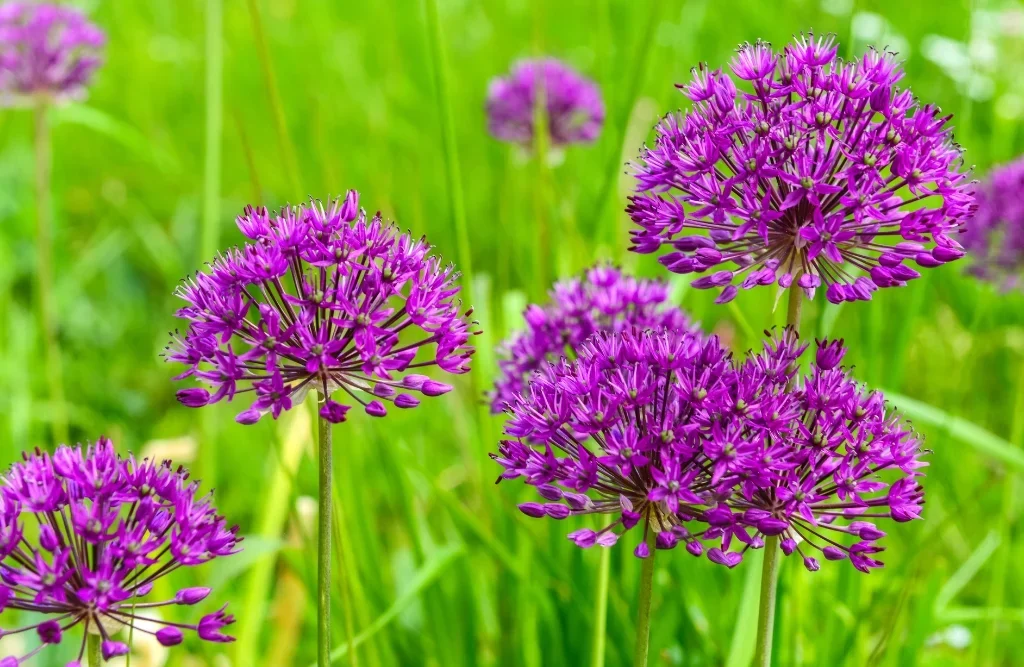
Gardening in sandy soil, while challenging, offers distinct advantages:
- Excellent Drainage: Reduces the risk of root rot for drought-tolerant flowers.
- Easy Root Penetration: Looser soils make it easier for roots to establish.
- Rapid Warming: Sandy soils warm quickly in spring, supporting early bloom.
- Low Compaction: Reduces soil stress for most hardy flowering plants.
- Opportunities for Native Plants: Many native flowers are adapted to sandy, low-nutrient conditions.
With the right plant selection, sandy soil can produce vibrant, resilient, and low-maintenance flower gardens.
Conclusion
While sandy soil can pose challenges for gardeners, it is entirely possible to create stunning flower beds with continuous blooms. Plants such as marigolds, portulaca, blanket flowers, lavender, coreopsis, sea holly, and yarrow thrive in well-draining, low-nutrient conditions, offering both vibrant color and ecological benefits. By incorporating proper care practices—such as soil amendments, mulching, balanced watering, and regular fertilization—gardeners can maximize flower health, bloom longevity, and aesthetic appeal. Choosing the right flowers transforms sandy soil from a limitation into an opportunity for a beautiful, resilient, and low-maintenance garden.
